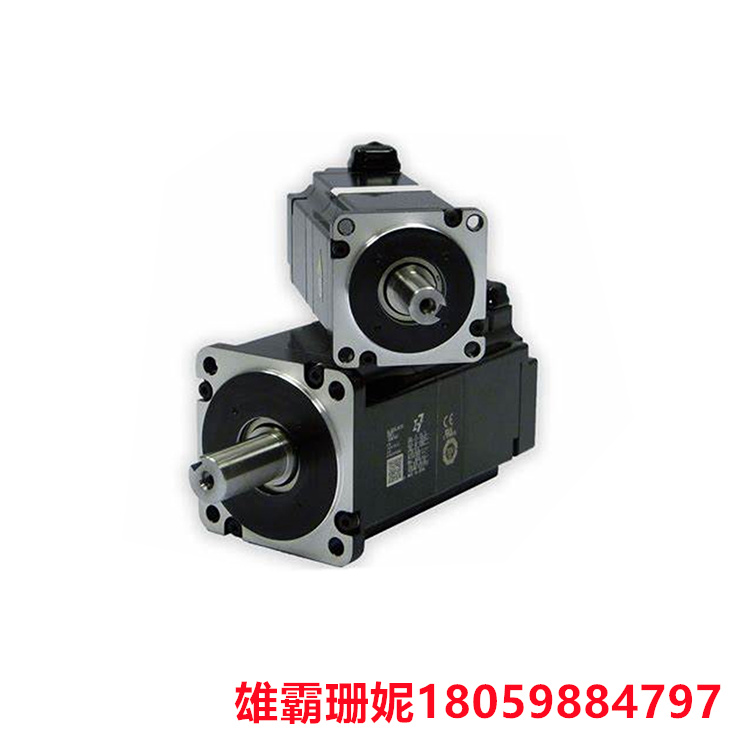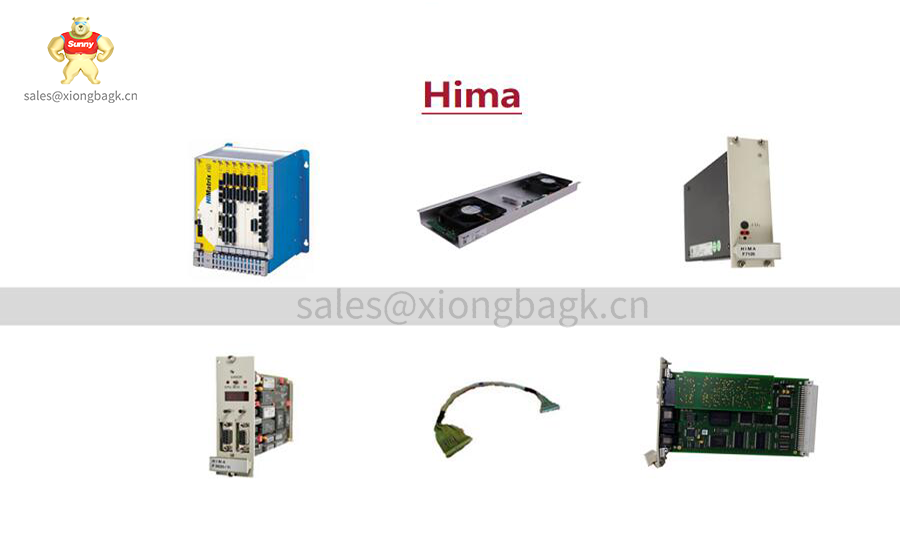
伺服电机(旋转型)SGM7J
SGM7J-08AFC6S 伺服电机是指在伺服系统中控制机械元件运转的发动机,是一种补助马达间接变速装置。伺服电机可使控制速度,位置精度非常准确,可以将电压信号转化为转矩和转速以驱动控制对象。伺服电机转子转速受输入信号控制,并能快速反应,在自动控制系统中,用作执行元件,且具有机电时间常数小、线性度高、始动电压等特性,可把所收到的电信号转换成电动机轴上的角位移或角速度输出。
SGM7J-08AFC6S 伺服电机分为直流和交流伺服电动机两大类,其主要特点是,当信号电压为零时无自转现象,转速随着转矩的增加而匀速下降。
SGM7J-08AFC6S 伺服电机具有以下优点:
精度:伺服电机实现了位置、速度和力矩的闭环控制,克服了步进电机失步的问题。
转速:伺服电机高速性能好,一般额定转速能达到2000~3000转。
适应性:伺服电机抗过载能力强,能承受三倍于额定转矩的负载,对有瞬间负载波动和要求快速起动的场合特别适用。
稳定:SGM7J-08AFC6S 伺服电机低速运行平稳,低速运行时不会产生类似于步进电机的步进运行现象,适用于有高速响应要求的场合。
及时性:伺服电机加减速的动态相应时间短,一般在几十毫秒之内。
舒适性:伺服电机的发热和噪音明显降低。
然而,伺服电机也存在一些缺点:
成本较高:SGM7J-08AFC6S 伺服电机的制造成本较高,相对于步进电机而言,其价格更高。
对工作环境要求高:伺服电机对工作环境的要求较高,需要在相对干净、干燥的环境中使用,以避免粉尘、潮湿等环境因素对电机性能的影响。
对控制系统要求高:伺服电机需要使用高性能的控制系统进行控制,以实现高精度、高速度的控制要求,因此对控制系统的要求较高。
以上信息仅供参考,如需了解更多信息,建议查阅专业书籍或咨询专业人士。

Servo motor (rotary type) SGM7J
SGM7J-08AFC6S servo motor refers to the engine that controls the operation of mechanical components in the servo system, which is a supplementary motor indirect transmission device. The servo motor can control the speed, the position accuracy is very accurate, and the voltage signal can be converted into torque and speed to drive the control object. Servo motor rotor speed is controlled by the input signal, and can react quickly, in the automatic control system, used as an executive component, and has the characteristics of small electromechanical time constant, high linearity, starting voltage, etc., can convert the received electrical signal into the angular displacement or angular speed output on the motor shaft.
SGM7J-08AFC6S servo motor is divided into DC and AC servo motor two categories, its main feature is that when the signal voltage is zero, there is no rotation phenomenon, and the speed decreases with the increase of torque.
SGM7J-08AFC6S servo motor has the following advantages:
Precision: The servo motor realizes the closed-loop control of position, speed and torque, overcoming the problem of stepping motor out of step.
Speed: servo motor high-speed performance is good, the general rated speed can reach 2000 ~ 3000 RPM.
Adaptability: The servo motor has strong overload resistance, can withstand three times the rated torque of the load, and is especially suitable for occasions where there are instantaneous load fluctuations and require fast starting.
Stable: The SGM7J-08AFC6S servo motor runs smoothly at low speed, and does not produce the stepping operation phenomenon similar to the stepper motor at low speed, which is suitable for occasions with high-speed response requirements.
Timeliness: The dynamic corresponding time of servo motor acceleration and deceleration is short, generally within tens of milliseconds.
Comfort: The heat and noise of the servo motor are significantly reduced.
However, servo motors also have some disadvantages:
Higher cost: The SGM7J-08AFC6S servo motor has a higher manufacturing cost, and its price is higher compared to the stepper motor.
High requirements for the working environment: the servo motor has high requirements for the working environment, and needs to be used in a relatively clean and dry environment to avoid the impact of dust, humidity and other environmental factors on the performance of the motor.
High requirements for the control system: the servo motor needs to be controlled by a high-performance control system to achieve high precision and high speed control requirements, so the control system has higher requirements.
The above information is for reference only, if you need more information, it is recommended to consult professional books or professionals.


| EMERSON | 1C31203G01 |
| EMERSON | A6500-UM |
| EMERSON | VE3008 |
| EMERSON | 12P3439X012 |
| EMERSON | KJ2003X1-BB1 |
| EMERSON | A6140 |
| EMERSON | 9199-00058 |
| EMERSON | VE3007 |
| EMERSON | KJ2005X1-BA1 |
| EMERSON | 12P4375X012 |
| EMERSON | MVME2434 |
| EMERSON | 1C31219G01 |
| EMERSON | A3120022-000 |
| EMERSON | FX-316 |
Copyright © 2022-2024 厦门雄霸电子商务有限公司 版权所有 备案号:闽ICP备14012685号-33